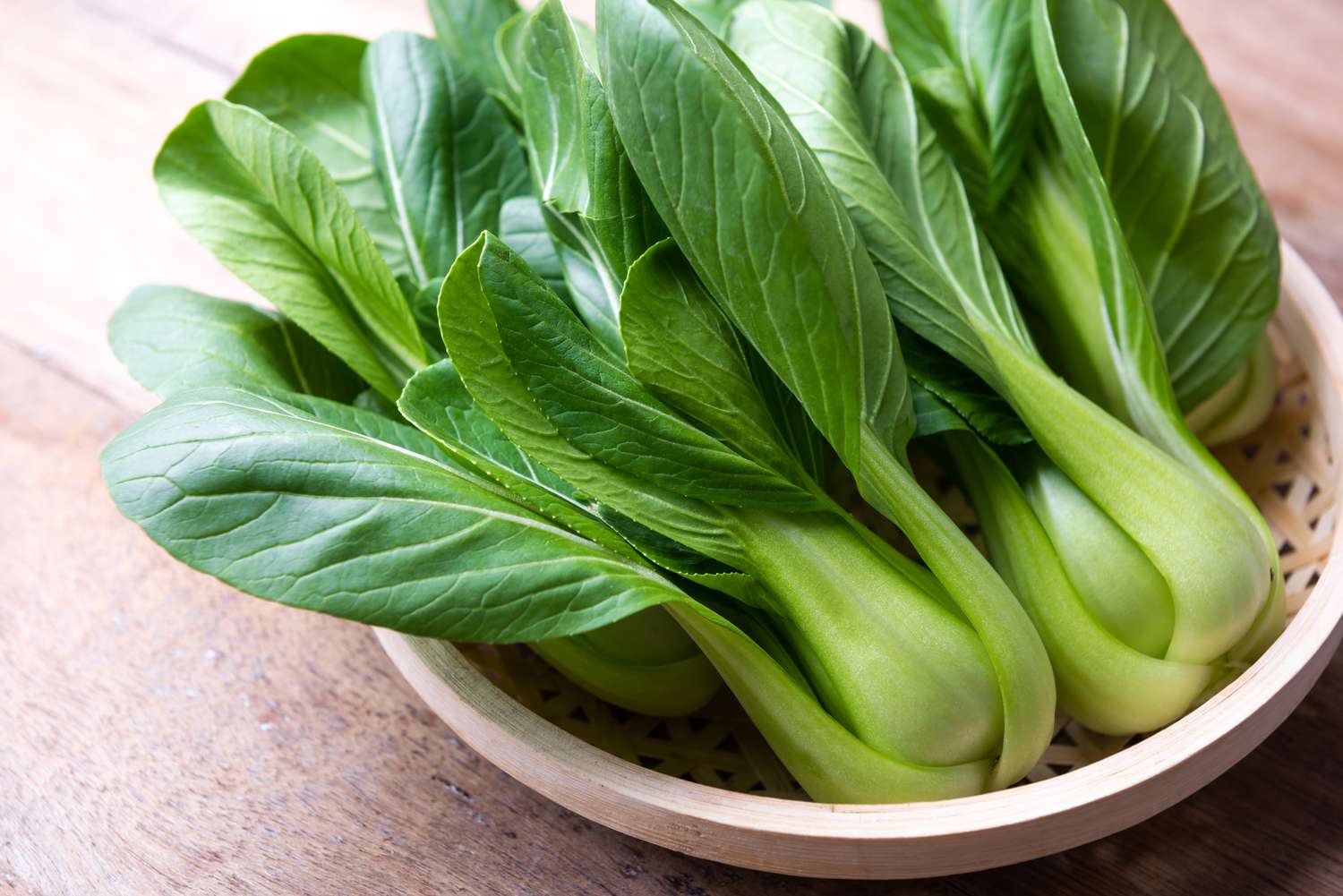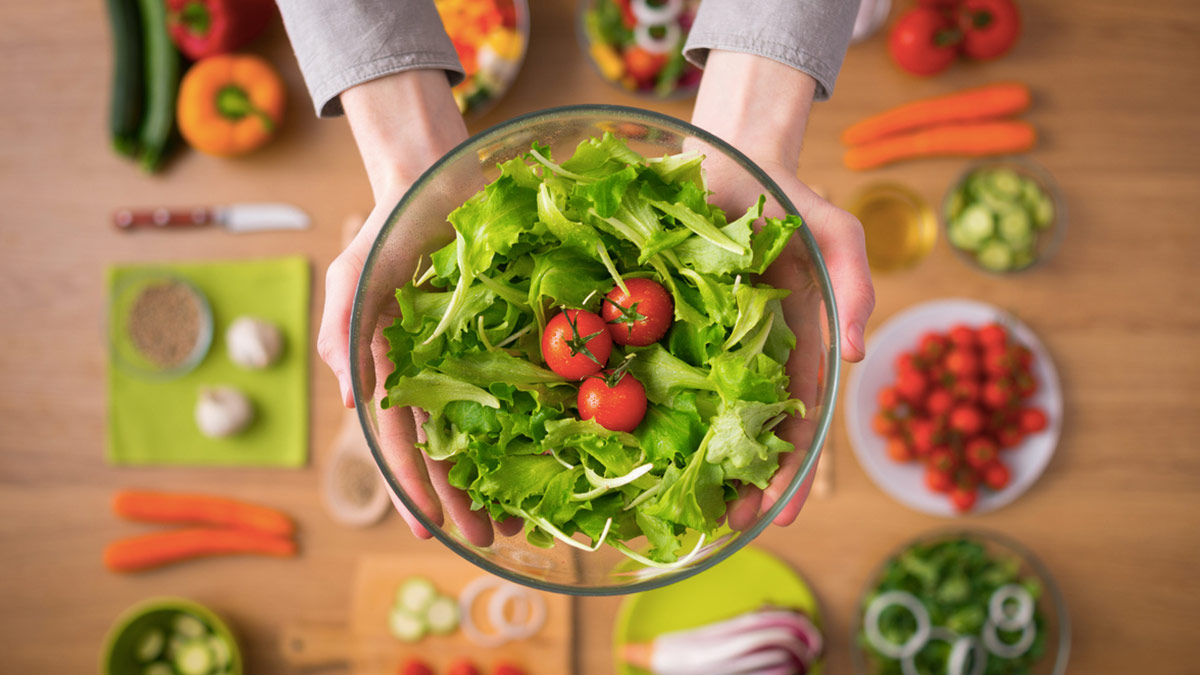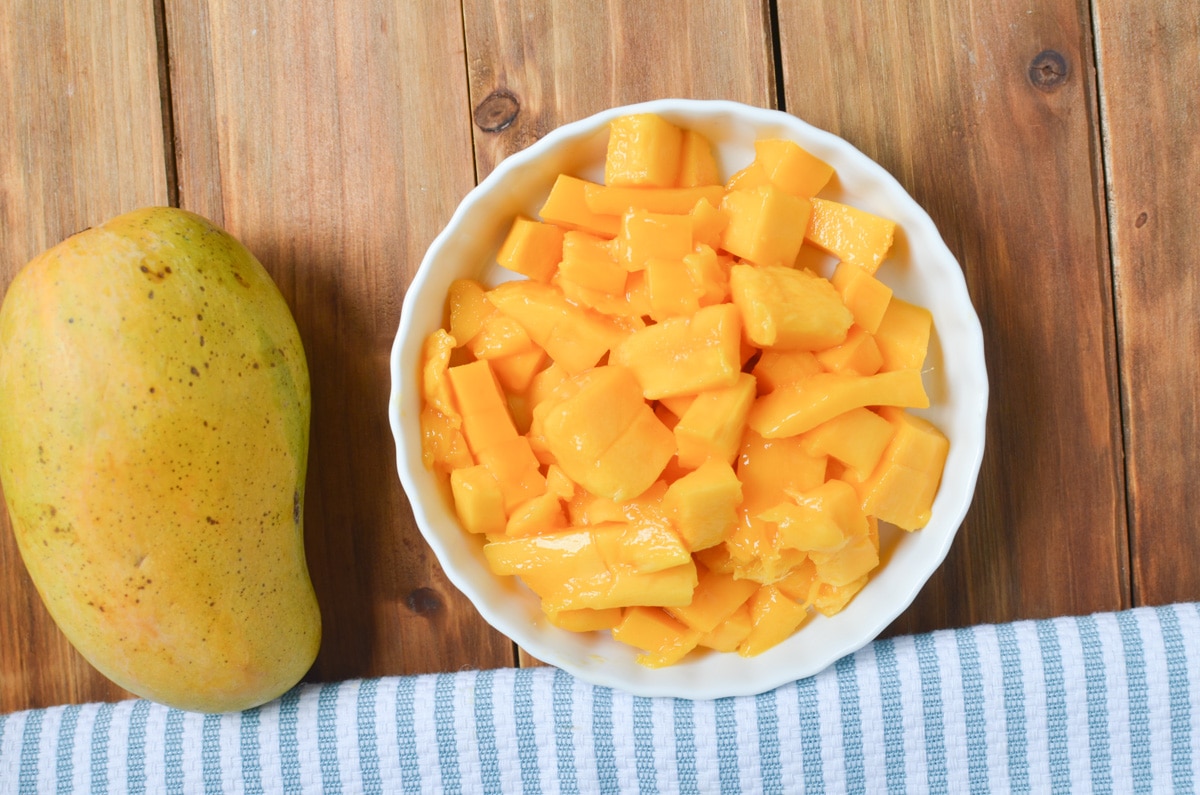How to Start Eating Raw Food as a Beginner
Welcome to the world of raw food! If you’re new to the idea of eating raw, it can feel a bit overwhelming at first. But fear not, because with the right approach, you can easily incorporate more raw foods into your diet and experience the amazing benefits they have to offer. Here are some tips to help you get started on your raw food journey:
Understand the Basics
Before diving into the world of raw food, it’s important to understand what it actually means. Raw food is food that has not been cooked or processed above a certain temperature, usually around 118°F (48°C). This includes fruits, vegetables, nuts, seeds, and sprouted grains. The idea behind eating raw is that it preserves the natural enzymes, nutrients, and antioxidants present in these foods, which can be destroyed through cooking.
Start Slowly
Transitioning to a raw food diet doesn’t have to happen overnight. In fact, it’s often more sustainable to take it slow and gradually increase the amount of raw foods in your diet. Start by incorporating more fruits and vegetables into your meals and snacks. You can begin with a raw food meal once a day and gradually increase as you become more comfortable with the lifestyle.
Experiment with Recipes
One of the best parts of eating raw is getting creative with recipes. There are countless delicious and nutritious raw food recipes available, from smoothie bowls and salads to raw vegan desserts. Experiment with different ingredients and flavors to find what you enjoy the most. You might be surprised by how satisfying and tasty raw food can be!
Invest in Quality Produce
When it comes to raw food, the quality of your produce is key. Look for fresh, organic fruits and vegetables to ensure that you’re getting the most nutrients out of your raw meals. Farmer’s markets and local co-ops are great places to find high-quality produce at reasonable prices.
Learn About Food Safety
Since raw food has not been cooked, it’s important to pay attention to food safety to avoid any potential risks. Make sure to wash your fruits and vegetables thoroughly before consuming them. Additionally, be mindful of proper food storage to prevent contamination and spoilage.
Listen to Your Body
As you start incorporating more raw foods into your diet, pay attention to how your body responds. Everyone’s body is different, so it’s important to listen to your own needs and make adjustments accordingly. Some people thrive on a predominantly raw diet, while others may find a balance that includes both raw and cooked foods works best for them.
Connect with the Raw Food Community
Joining a raw food community or finding like-minded individuals can provide you with support, inspiration, and valuable resources. Whether it’s through online forums, social media groups, or local meetups, connecting with others who share your interest in raw food can make your journey more enjoyable and fulfilling.
Remember, the key to success with raw food is to approach it with an open mind and a willingness to explore new flavors and possibilities. By taking it one step at a time and finding what works best for you, you can experience the many benefits of incorporating more raw foods into your diet.











